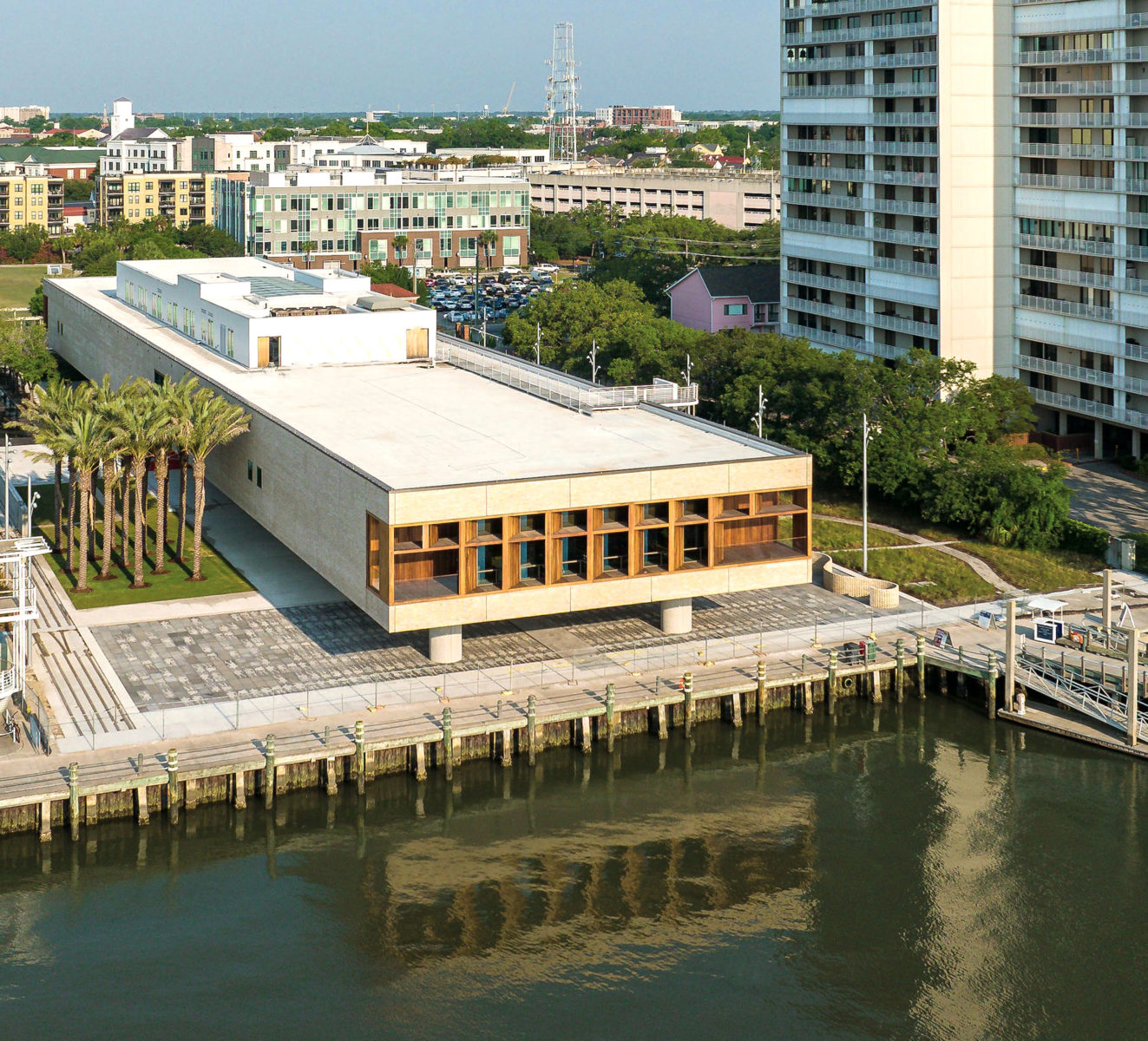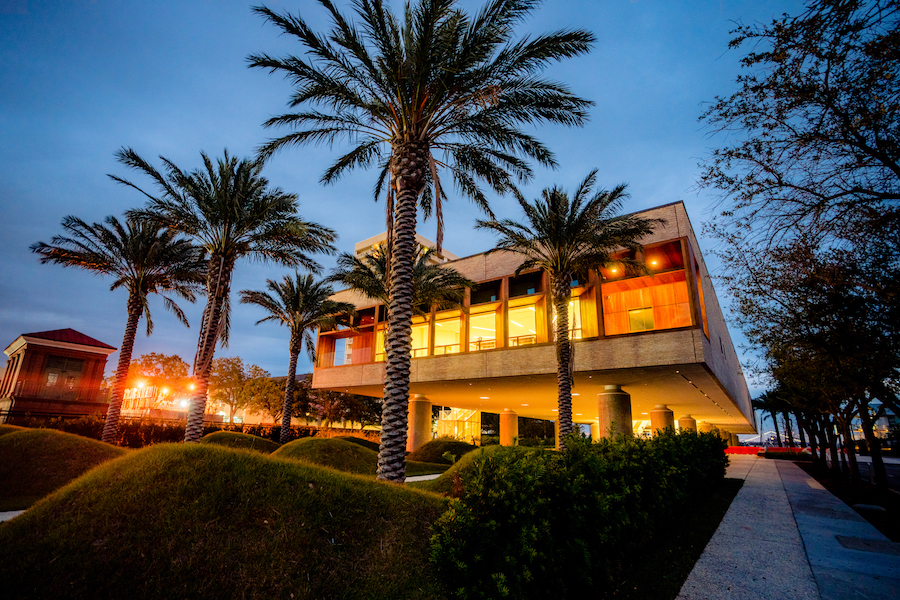Channel 4 (WCIV-TV): Tuskegee Airmen honored with I-95 memorial highway
WALTERBORO, S.C. (WCIV) — The Tuskegee Airmen were honored in Walterboro Sunday as a section of Interstate 95 in Colleton County was named after them.
The Tuskegee Airmen are known as a group of young men who enlisted in World War II to become America’s first African-American military airmen.
Johnnie Thompson, Historian and President of the Hiram Mann Chapter of the Tuskegee Airmen, said it was a mission many said was ‘doomed to fail,’ in training African-American men to become military combat airmen during the racial barriers of the 1940’s.
“Because of them being African-American, they considered them to be sub-human. They thought they didn’t have the cranium big enough to house the brains to fly high-tech piece of machinery such as a fighter plane,” said Thompson. “So they had to prove them wrong, and prove them wrong they did.”
Thompson says the pilots have left a lasting legacy.
“It was the fact that they showed America that they could fly, they had the ability to fly,” said Thompson. “They were some of the best pilots in the Second World War.”
Eighty-nine year old Leroy Bowman was one of the original Tuskegee Airmen to fly and fight in World War II. He told us about his experience in facing the adversity of the times:
‘Whatever the label they wanted to put on us, our mission was to override it, not quit, but override it,” said Bowman. “It was good, and it was bad, but now as I look back on it 70 years later I can take some solace in knowing that it was an accomplishment.”
In the end, the Tuskegee Airmen were men who proved there were no color barriers in the skies.
“So many of the people in Washington said Negro’s did not have the minds to operate complicated machinery such as an airplane. We made a liar out of them,” said 90-year-old Tuskegee airmen Hiram Mann.
Mann says he feels proud of the new I-95 memorial highway.
“So much has been done for this chapter and for the people of Walterboro, said Mann. ” I’m so happy.”
The Tuskegee memorial highway dedication and signs were made possible by a bill sponsored by State Representative Robert Brown.



